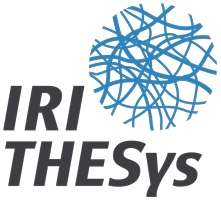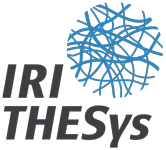PhD Project
Community based water storage in semi-arid south eastern Kenya is widely utilized, involes scheduled construction and has associated agro-ecological co-benefits and certain challenges. Effectively while there are utility benefits associated with the water source, associated synergies and drawbacks equally remain unidentified.
This project aims at providing an integrated analysis of the social-ecological benefits and challenges of sand dams in Kitui West, South Eastern Kenya. It asks specifically:
(1) How does land cover types and cropping intensity varies around sand dams compared to control sites?
(2) What is the relative contribution of household, community level factors and local geographical features in shaping access, use and functionality of sand dams?
(3) How does sand dams impact on the socio-economic activities of the adjacent communities?
(4) Are there synergies with agroecological intensification and household level energy access.
Understanding the social-ecological benefits and challenges of sand dams requires a mixed-methods approach, iterating social science and data science methods. In a first step, the sand dams in Kitui West will be mapped using remote sensing imagery. Contextual information of a random sample of sand dams will then be collected, such as construction/commission date, and information on ownership, management, capacity and performance, by drawing on key informants. Historical daily rainfall and temperature records going back about 30 years will be interpolated to identify drought instances for the study area. In a second step, seasonal land cover and cropping intensity changes in the areas of influence of the dams will be mapped using remote sensing imagery, particularly during periods of drought identified in step 1. The evolution of land cover around mature sand dams will be contrasted with that at control sites of similar agro-climatic and topographical characteristics. The spatial analysis will utilise high-resolution Landsat imagery processed using time series analysis and state-of-the-art machine learning techniques. The third step involves conducting a household survey on access and use of stored water, and ownership, control and maintenance in relation to the sand dams. Around the sand dams identified in step 1, a stratified sample of households will be taken. A survey questionnaire and focus group discussions will elicit primary data on household characteristics and the benefits and challenges associated with sand dams. In addition, technical personnel from government and Civil Society Organizations will be interviewed to triangulate the survey data. Finally, the mixed qualitative-quantitative data will be analysed using state-of-the-art Bayesian statistical methods, such as multi-level models. Based on the case-control setting (see step 2 and 3), differences in land cover and cropping intensity around sand dams versus control sites will be quantified and the role of the social-ecological characteristics in co-determining access, use and functionality of the sand dams will be examined.



